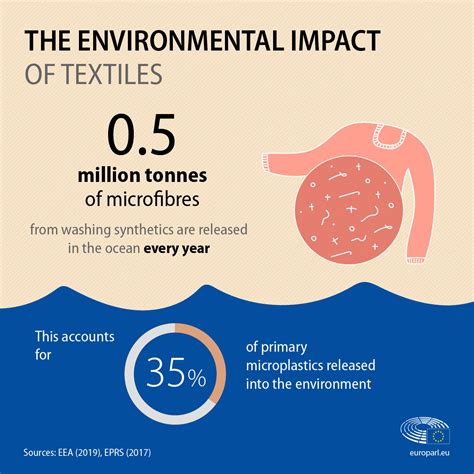A recent study by Patagonia shed light on the concerning environmental impact of fleece jackets made from synthetic fibers. User comments express varying perspectives on the dilemma between synthetic and natural fibers. Synthetic materials like polar fleece and polyester are praised for their durability and longevity, with some users highlighting their resistance to wear and tear even in rough conditions.
On the other hand, advocates for natural fibers such as wool emphasize their lasting quality and eco-friendliness. Comments mention the challenges of washing wool garments and the misconception surrounding the need for specialized wool detergents. Brands like Minus33 and Disana are recommended for their high-quality wool fleece options as sustainable alternatives to synthetics.
Discussing the pollution caused by microplastics, users express concerns about the impact of synthetic clothing on the environment. From microfibers shedding during laundry to the extensive use of plastics in clothing production, the conversation around minimizing plastic waste is evident. Innovative solutions like microplastic filters for washing machines, as developed by Samsung, are seen as steps towards addressing the issue.
The debate extends to the functionality of clothing materials in extreme conditions. While synthetics like Gore-Tex are favored for outdoor activities due to their waterproof properties, wool and waxed cotton are championed for their breathability and durability. Users share experiences of staying warm and dry in natural fiber garments, highlighting the performance and comfort they offer in various scenarios.
Concerns regarding the ethical aspects of clothing production also surface in the comments, with discussions on animal welfare in wool farming and the sustainability of silk as a natural alternative. The conversation expands to the broader implications of textiles on environmental health, touching upon the need for conscious consumer choices to reduce pollution and promote sustainability.
From the challenges of recycling synthetic fibers to the advantages of natural materials like alpaca and cashmere, user comments provide valuable insights into the ongoing dialogue around fashion sustainability. As the fashion industry grapples with the environmental consequences of synthetic fabrics, the call for eco-friendly alternatives and responsible consumption practices grows louder.
As the fashion landscape evolves towards greater sustainability, the role of individual choices in supporting eco-conscious brands and materials becomes pivotal. By exploring the diverse perspectives shared in the comments, we gain a deeper understanding of the complexities surrounding textile production and consumption. The quest for a more sustainable wardrobe hinges on a collective effort to prioritize environmental preservation and ethical practices.
In conclusion, the discourse on synthetic versus natural fibers illuminates the multifaceted considerations involved in making environmentally conscious fashion choices. From highlighting the durability of synthetic materials to advocating for the sustainability of natural fibers, users engage in a constructive dialogue on reshaping the fashion industry towards greater eco-friendliness. As we navigate towards a greener future, the insights gleaned from these conversations can inspire individuals to embrace eco-friendly fashion alternatives and contribute to a more sustainable sartorial landscape.


Leave a Reply